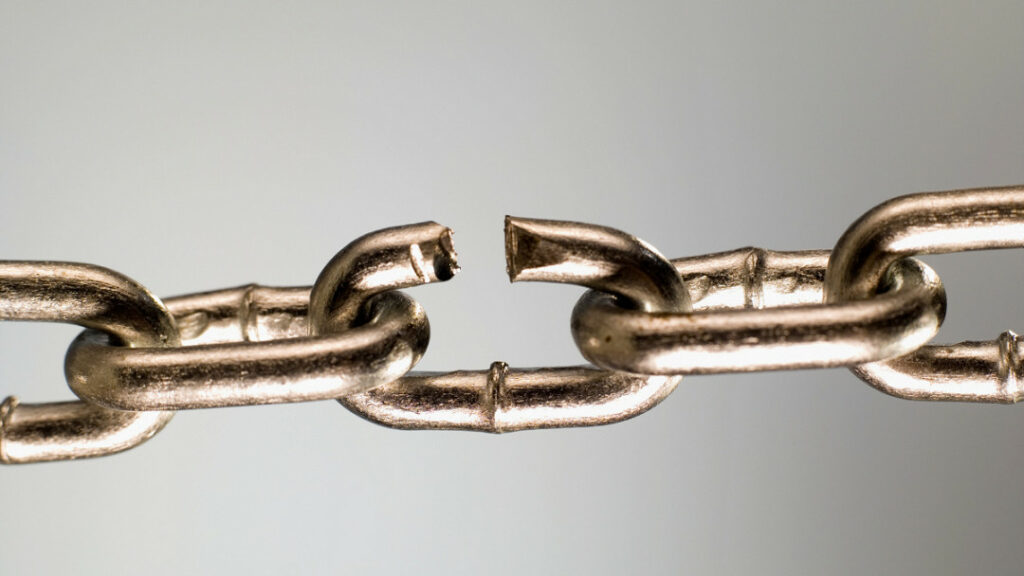To boost your website’s Google ranking, you need the right backlinks. Today, quality beats quantity. Not all backlinks are equal — they can be good, shady, or outright bad.
So, what do SEO pros mean by “high-quality links”? And why is low quality detrimental? Here is how shady links may harm you. Follow our guidelines to avoid Google penalties.
Classification of Links
Links of inferior quality have many names. Spammy or black hat link-building is the epitome of dishonest SEO. Link creation as such does not constitute a violation. Website owners use it to improve search rankings. What matters is the nature of such backlinks.
Consider this excerpt from Google’s Quality Guidelines: ‘Any links intended to manipulate PageRank or a site’s ranking in Google search results may be considered part of a link scheme and a violation of Google’s Webmaster Guidelines.’ At the same time, ‘the best way to get other sites to create high-quality, relevant links to yours is to create unique, relevant content that can naturally gain popularity in the Internet community.’
This means that website owners should focus on supplying quality content. The more valuable it is — the more likely other sites are to cite it. Any such links must also be editorially given. On the other hand, auto-generated links are bad. Common examples are:
- links from spun content,
- comment or forum spam,
- paid links that pass PageRank,
- poor-quality directories,
- links from hacked sites, etc.
Keys to Good Link-Building
This does not mean you aren’t allowed to promote your content. Backlinks will not appear by themselves — you need to make people interested, or simply ask them for support. Aside from colorful infographics, link baits, or engaging interviews, you may generate editorial links via:
- guest blogging;
- submissions to directories that filter content;
- press releases for newsworthy stories;
- blog comments (high-quality and insightful);
- posts on niche forums
All of these sources have some form of editorial control. This means the quality of content is filtered by website owners. However, not ever non-editorial link is bad by definition.
Google allows for regular promotional tactics. These are methods related to brand building, rather than ranking. Links built for PR or traffic purposes are acceptable — e.g., a link to your site from your Facebook profile, or syndicating via an authority site.
Connection Between Bad Links And Search Rankings
In the past, bad links were relatively harmless. Google would largely ignore them, with occasional exceptions. This meant SEO pros could get away with aggressive link building or even outright manipulation.
Today, bad links are detrimental to rankings. Although an owner does not have full control over links to their website, it is essential to weed out bad links and make them disappear. Now, it is quality over quantity. Otherwise, your rankings take a plunge.
The turning point came in 2012 when Google unveiled Penguin. The algorithm was made for link crushing. Low-quality links were now officially considered an offense. Violators saw their rankings collapse overnight.
Since then, the system has evolved, becoming more adept at spotting suspicious practices. Now, it is an advanced detector of link spam. The development has gone hand in hand with a rise in applicable penalties.
What Penalties Apply
Generally, these fall into two categories: algorithmic and manual. Google has been investing in its own spam watch team. If its member spots a violation in your link profile, you are penalized manually. Link profiles aren’t analyzed randomly. Common triggers include the following events:
- a spam report from a rival,
- a result of algorithmic detection,
- being in a highly competitive niche that is subject to strict monitoring.
So, suppose you were caught. What happens next? How does that manual penalty show? Your Google Search Console displays a corresponding alert informing you of unnatural links detected. This could be either a warning or confirmation of a penalty already imposed.
Algorithmic Link Spam Penalty
Usually, this type comes from Penguin. The search engine penalizes you automatically based on your link profile. Human participation is neither included nor required.
This time, no notification is displayed. Instead, you will see your organic traffic nosedive. In the most extreme scenario, your site will be de-indexed altogether. This is the most severe punishment. So, can you delete harmful links?
Solution: Eliminating Bad Backlinks
There is no magical tool that would detect and remove harmful links in a flash. There are three key steps to success:
- Identify bad links via special tools/manually.
- Find the contact information of the websites.
- Ask their webmasters for removal.
If the webmaster takes no action within 2 weeks, you should disavow the links. Luckily, there are automated tools for the task. These detect unnatural links and allow you to pack them into a special file. It should then be downloaded and sent to Google. Voilà!
